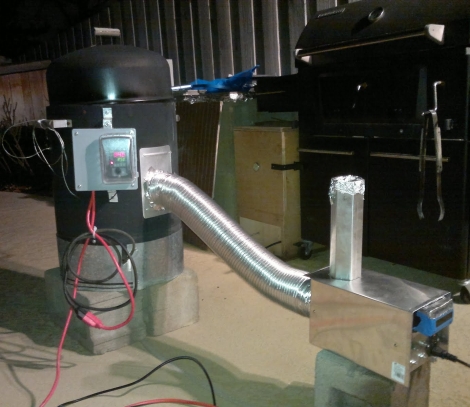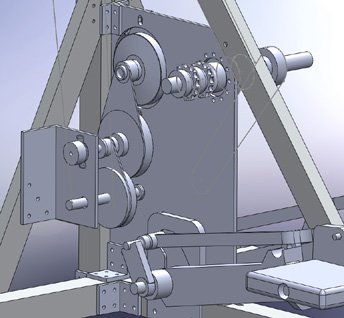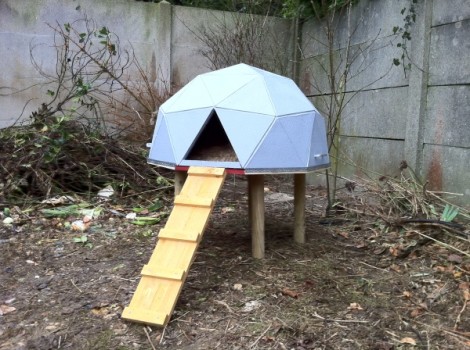
[Chris] over at the New Hobbyist sent in his latest creation, a wireless light switch hidden within a statue bust. While shopping around for another project, he came across a wireless relay that can can be used to switch a standard 120v AC load. He bought the part without a project in mind, but inspiration quickly struck. Some of you young’uns might not remember the original Batman television series, but [Chris] certainly does. To access the Bat Cave, Bruce Wayne had to flip a secret switch located inside a bust of William Shakespeare that adorned his desk. While he doesn’t have a secret door to activate, [Chris] couldn’t think of any better way to switch on the lights in his man cave. He found a similar-looking bust of Beethoven and got to chopping his head off.
He fabricated a small mount for a push button, hiding the battery powered remote underneath, and an old 12v wall wart was repurposed to drive the wireless receiver. While not overly complicated, this is definitely a fun project and could make for a neat light switch in a kid’s room. Interested in some more Batman inspired hacks? Be sure to check out this Bat Cave-style entrance switch from a few years back.
Keep reading to see a video of his hidden light switch in action.
















